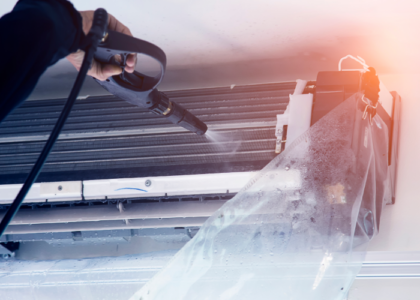Lifeline is a government program that helps low-income people afford telephone and internet services. It is available in every state, territory, commonwealth, and Tribal land.
Eligible subscribers receive a monthly discount on phone and broadband services or bundled voice/broadband. This discount is similar to the Emergency Broadband Benefit (EBB).
Eligibility
Staying connected is essential for many people – to make calls, keep in touch with family and friends, access health care services, find employment, and even call for help. However, telephone and internet service costs can be a barrier for low-income consumers.
Lifeline Support for Affordable Communications is a federal program that makes phone and broadband services more affordable for eligible individuals and families. It offers eligible participants who receive a federal qualifying income benefit a monthly rebate of up to $9.25 off their basic residential utility bill.
Eligible consumers may apply for Lifeline benefits online or by mail through the USAC Lifeline Support Center. To confirm their eligibility, they must have proof of their income, such as a Social Security card or last year’s tax return.
The lifeline assistance program is available to eligible households in every state, territory, commonwealth, and on tribal lands. A home is an individual or group living together at the same address and sharing income and living expenses.
How It Works
The Lifeline Support for Affordable Communications program provides a discount on phone service to qualifying low-income consumers. It is part of the Universal Service Fund (USF) and available in all states, territories, commonwealths and Tribal lands.
The discount on your monthly bill as a credit is up to $5.25 per household on a landline or wireless stand-alone voice service or $9.25 per month on a qualifying broadband or bundled broadband/telephone service product that meets minimum service standards.
Additionally, households are eligible for a one-time discount of up to $30 (up to $75 for residents on qualifying Tribal lands) toward monthly broadband service and a deal of up to $100 for internet-capable devices like laptops or desktop computers.
In the 2016 Lifeline Modernization Order, the Commission established minimum service standards for Lifeline-supported broadband and appointed a National Eligibility Verifier to make independent subscriber eligibility determinations. This verification process ensures maximum value for the universal service dollar and helps reduce waste, fraud and abuse.
Benefits
Lifeline supports affordable phone and broadband service, helping low-income Americans stay connected to their communities. It’s available in every state, territory, commonwealth, and Tribal land.
You can apply for Lifeline support by completing a free application on the Lifeline website or calling a local customer service center. You must provide proof of income and identity, such as pay stubs or tax return information.
If you qualify for Lifeline, you’ll receive a monthly discount of up to $9.25 on your home landline or wireless phone service or your bundled voice and Internet service (wireless or wireline). It can make your services much more affordable.
In addition, you can use your Lifeline benefit to help pay for stand-alone broadband service. A few broadband programs offer discounts to people who qualify for Lifeline, such as Access from AT&T, Internet Essentials from Comcast and Spectrum Internet Assist from Charter.
You’ll need to re-certify your eligibility for Lifeline benefits every year. The Universal Service Administrative Company (USAC) will verify your qualifications to ensure you continue receiving the benefits.
Requirements
Lifeline is vital to ensure that people in low-income areas have access to phone and broadband services. It has undergone two significant reforms–first, to combat ongoing allegations of fraud, and second to bring the subsidies it offers in line with new technologies.
The Lifeline program is designed to offer subscribers a discount on monthly telephone service, broadband Internet access service or voice-broadband bundled service from participating carriers. This discount, which can be applied to stand-alone broadband, bundled service or both, enables low-income Americans to afford state-of-the-art phone and broadband services while providing valuable access to jobs, family, emergency services, and other vital information and communications.
The Lifeline Program is available to consumers in all states, commonwealths, territories, and Tribal lands. The program requires that subscribers meet several requirements, including having an income below 135% of the Federal Poverty Guidelines.
How to Apply
Lifeline is a federal program that provides low-income people with discounts on cell phones and internet service. It also helps eligible subscribers re-certify for benefits each year.
To apply, you need to be able to prove your eligibility with proof of your identity, including your social security number. You can also provide a pay stub or a tax return.
You can apply for Lifeline by visiting your state’s website or talking to a phone or internet provider with an agreement with USAC. Once approved, the company will credit your account with Lifeline benefits.
Eligible customers can get up to $9.25 off a monthly Lifeline discount for qualifying wireless and landline phone services or up to $5.25 off a monthly Lifeline discount on broadband (high-speed) internet service if available in your area.






